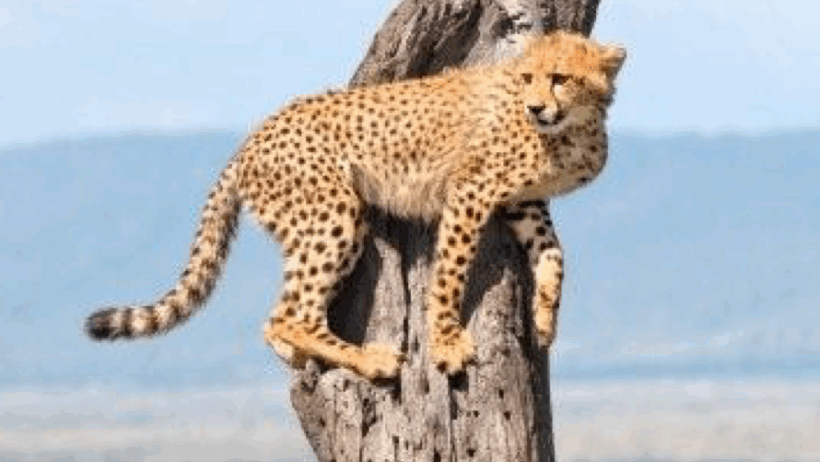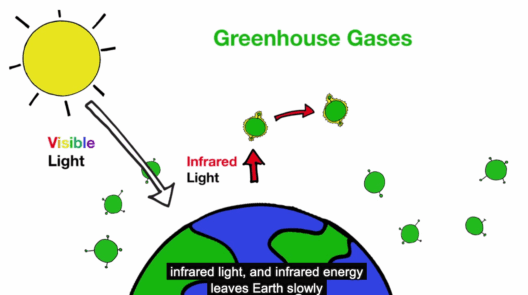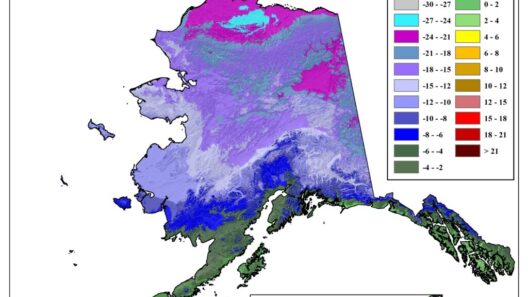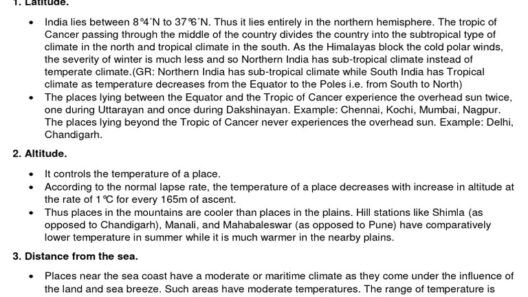Cheetahs, known for their remarkable speed and agility, have a distinct habitat preference that aligns closely with their physiological needs and behavioral patterns. Understanding where cheetahs thrive necessitates an examination of various environmental factors, including climate, vegetation, and geographical terrain. This article delves into their ideal climate, the ecosystems they favor, and how these factors contribute to their survival and reproductive success.
The cheetah (Acinonyx jubatus) predominantly occupies regions in Africa, with a small population residing in Iran. Their preferred habitats are open savannas, grasslands, and arid regions where visibility is optimal for hunting. These areas provide a unique combination of environmental elements that are crucial to their hunting strategies and social behaviors.
Firstly, let’s explore the ideal climate conditions under which cheetahs thrive. Cheetahs exhibit a strong preference for semi-arid to arid climates characterized by moderate to low rainfall. Typically, annual precipitation in these regions ranges from 10 to 20 inches, which facilitates the growth of grasses and sparse vegetation. Such ecosystems offer an abundance of prey, including antelopes and hares, while maintaining open spaces that reduce the risk of ambush by predators. Low vegetation height is paramount, as it allows cheetahs to utilize their exceptional vision to spot potential prey from a distance.
Temperature is another vital climatic parameter. Cheetahs are well-adapted to warm environments, with optimal temperatures ranging from 20°C to 30°C (68°F to 86°F). They tend to avoid extremely hot conditions during midday, often seeking shade to regulate their body temperature. This behavioral adaptation highlights their need for climatic variability, as they benefit from cooler mornings and evenings that coincide with their peak hunting times.
Furthermore, different types of grasslands serve distinct functions in the ecological balance necessary for cheetah survival. For instance, savanna ecosystems provide a myriad of habitats, fostering biodiversity. The open landscapes are rich in both herbaceous plants and scattered trees, which facilitate a diverse food web. Cheetahs rely heavily on smaller ungulates, like Thomson’s gazelle and springbok, that thrive in these environments. Consequently, a robust prey population is intrinsic to the cheetah’s ecology, as it supports their high-energy lifestyle.
Drilling down deeper into specific habitats, the Serengeti ecosystem stands out as one of the premier regions for cheetah populations. This area exemplifies the quintessential savanna biome, characterized by distinct wet and dry seasons. The annual migration of herbivores during the wet season ensures an ample food supply for cheetahs. Their ability to adapt to the seasonal shifts of this landscape underscores their evolutionary success. However, as climate change continues to alter precipitation patterns, the delicate balance of these ecosystems faces unprecedented challenges.
In addition to vegetation and prey availability, ground cover plays a critical role in the cheetah’s hunting strategy. Cheetahs utilize a stealthy approach, employing the landscape’s features to close in on their unsuspecting targets. Therefore, habitats with a mixture of open areas interspersed with grass tussocks or bushes provide ideal ambush points. Such microhabitats enhance their chances of a successful chase, facilitating the pursuit of prey over short distances.
Connectivity among habitats is equally important for cheetahs, as fragmentation can hinder their access to essential resources. Conservation efforts must prioritize the establishment of wildlife corridors that allow for migration and genetic diversity among cheetah populations. These corridors ensure access to food, allow for breeding opportunities, and facilitate a more extensive gene pool, which is critical for long-term survival. Climate change poses a profound risk to habitat connectivity, as alterations in land use intensify human-wildlife conflicts and encroach upon cheetah territories.
As we analyze the impacts of climate change, it becomes alarming to note the potential ramifications on both cheetah habitats and prey populations. Rising temperatures and altered precipitation patterns forecast shifts in vegetation zones, which can lead to reduced forage quality and availability. This change not only jeopardizes cheetah nutrition but also endangers the overall biodiversity in ecosystems where these majestic felines reside.
Moreover, the encroachment of agricultural expansion is another pressing concern. As farmlands proliferate into traditional cheetah habitats, these animals are forced into smaller pockets of land, leading to increased competition for resources and greater interactions with humans. Such interactions often result in retaliatory killings or capture, further diminishing their populations. To mitigate these issues, implementing sustainable agricultural practices and enhancing land-use planning is paramount.
Yet, amidst these challenges, hope persists through community involvement in conservation efforts. Raising awareness and promoting ecotourism can provide alternatives to confront the dangers cheetahs face. By engaging local communities in conservation, the importance of preserving these remarkable animals and their habitats resonates more deeply, forging a collective commitment to their cause.
In conclusion, cheetahs thrive in open, semi-arid climates characterized by sparse vegetation and a diversity of prey species. These conditions not only support their extraordinary hunting behaviors but also underscore the delicate balance of the ecosystems they inhabit. Confronted with climate change and increasing habitat fragmentation, urgent action is required to protect these iconic animals and ensure their continued existence. Understanding their ideal habitats is a crucial step towards fostering a future where cheetahs can thrive once more in the wild.








